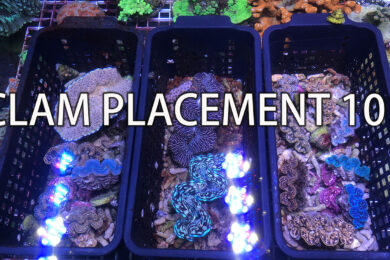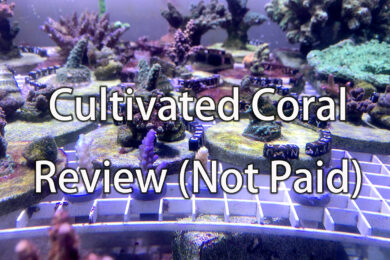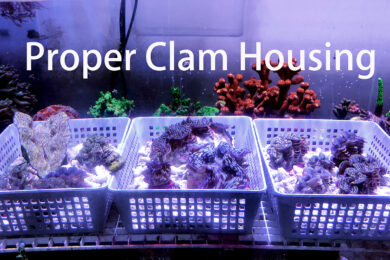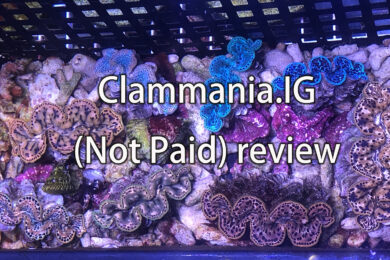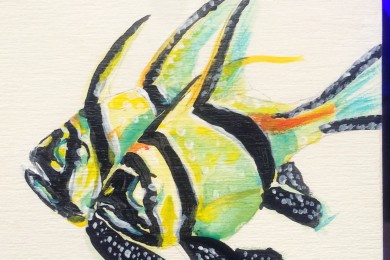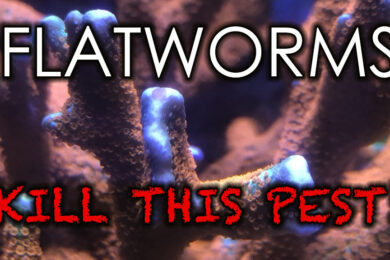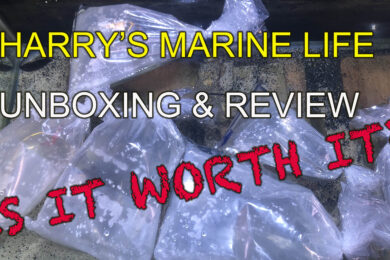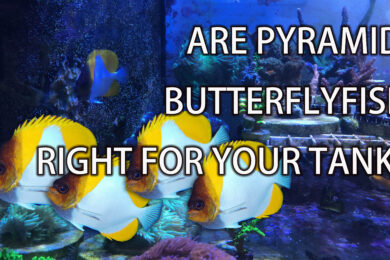I attended the Aquatic Experience last weekend in Chicago to meet some of the leading aquarium industry venders as well as some local retailers. I will go through some of the highlights with each separate post. I know I seldom talk about freshwater so I feel like I owe this one.
So what is Drift wood?- Driftwood is mostly collected near water- ocean, river, or lake. These are mostly tree roots that have grown around rocks to form the unique shapes and curves you see. They are mostly dead trees that have been toppled and gets washed down by storm flood.
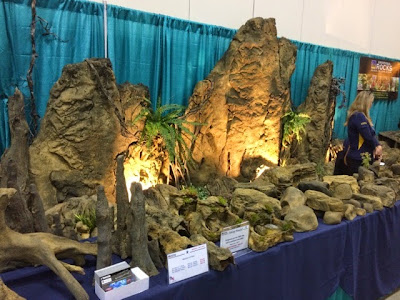 |
| Driftwood vender- some jumbo pieces |
So why drift wood? Do you go with natural or artificial? What kind of tank are driftwood suitable for?
To answer that question, I will break down some of the common functions of driftwood.
1) Decoration- similar to rock, drift wood help create landscaping dynamic in the tank
2) Structure- driftwood provide places for plants to root and grab onto
3) Food- Believe it or not, many fish, including many pleco species actually use driftwood as part of their diet.
4) Nutrition- When soaked in water, driftwood would slowly decay and release the nutrition, minerals into the water.
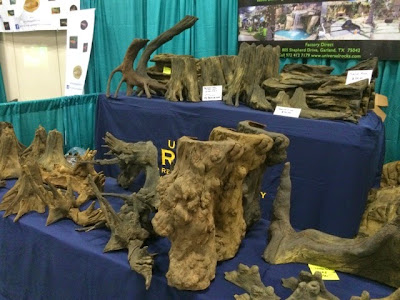 |
| Driftwood Vender- Tree Trunks |
What about artificial drift wood? The pro of artificial driftwood is they are light (mostly plastic), can be cheaper, and doesn’t “color” the water like real drift woods would.
The con is they serve only function #1 & 2 as describe above but not 3 or 4.
Since real drift woods are collected from dead trees, it is not harmful to the environment in a direct way. Though if too much driftwoods are collected from the water body, organisms that relay drift/rotten wood to thrive and breed may face some challenges.
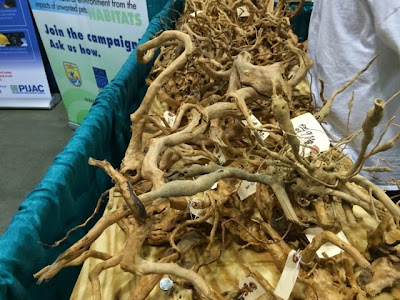 |
| Driftwood Vender- Roots |

